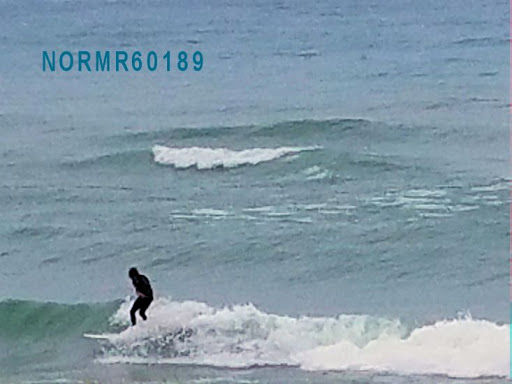A trekking update. I’m happy to say that our trek to the southwest was uneventful and pleasant. This was in part due to our preparation, and mild weather.
We plan several routes in advance. At this time of the year, we monitor 10-day weather forecasts along each route. We then pick the most favorable route and a window of opportunity for our departure, bearing in mind that as we approach December the weather will degrade.
We have trekked in fall with temperatures as low as about 5F and camped overnight under those winter conditions. In addition to the heat-pump and propane furnace we carry a small supplemental electric heater and an electric blanket. If electricity is unavailable I have used the gasoline generator.
This trek was not one of those winter experiences. In fact, weather wise, this was one of our best fall trips.
Covid-19 remains an issue and a reason for caution while traveling. Because of this we weren’t on a sight-seeing trek. In past, pre-covid treks if the weather allowed we’ve taken our time at a leisurely pace. We could spend a few days in a location and explore before moving on. No fall festivals this year. This year, we took a very direct route, avoided some major urban centers and did the distance in less than 3-1/2 days. Each day was 500-600 miles. The road conditions were excellent, low or no headwinds and the posted speeds up to 80 MPH; I traveled with prevailing traffic via interstates. We were up before dawn, then 10 hours or so of travel with frequent, brief stops to stretch and walk, etc. There was not a lot of time for the internet beyond essentials such as weather and route planning. However, G read the headlines to me as we traveled. Each night we looked at the next day’s route, decided if reservations were necessary, etc. Some RV locations are popular, even today.
The weather was wonderful, 50-70F and sunny during the daytime until New Mexico. We did experience a mild freeze overnight in Amarillo, TX and again in Lordsburg, NM. We were prepared for this. In October I had winterized our Roadtrek 210P. This is a straightforward procedure, which drains the fresh water system and fills the lines, P-traps and so on with about 2 gallons of a special, potable anti-freeze. The purpose is to avoid potential freeze damage to the fresh water system during winter storage. We carried additional water in containers within the heated coach compartment. In fact, our 210P has a second, internal fresh water tank and it is rated for brief periods as low as about 15F if the hot water heater is “on” and the coach heated. But I’ve found it convenient to winterize the entire system if below freezing weather is expected while traveling. Doing so avoids a stop for "emergency" winterizing if the weather changes for the worse.
We did use the showers at the campgrounds and some have individual, locked showers. We carry sanitizing wipes, isopropyl alcohol 70% and hand sanitizer, etc. Protocols vary in different states, but we do use masks, etc.
We dined on food we carried, but in the morning we did stop at McDonalds for coffee, etc. G likes the oatmeal. In one state only the drive through was open and we walked up to the drive-through to avoid hitting the overhang. At another carryout was available. Some counties allow restaurant dine-in. It is a constantly changing situation.
At Lordsburg, we were very comfortable overnight. We had a mild freeze and a nearby rig experienced an overnight fresh water system stoppage because they had not prepared for low temperatures. This can result in inconvenience as water can’t flow through frozen pipes. Under extremes it can result in damage.
At dawn I disconnected the electrical and we continued west. About 3 hours later we were at our winter destination.
If circumstances allow, we'll be taking some short treks in the winter months. Otherwise we'll be taking frequent hikes at the Saguaro National Park, Sabino Canyon and so on.
Original material Roadtrek210,blogspot.com
















